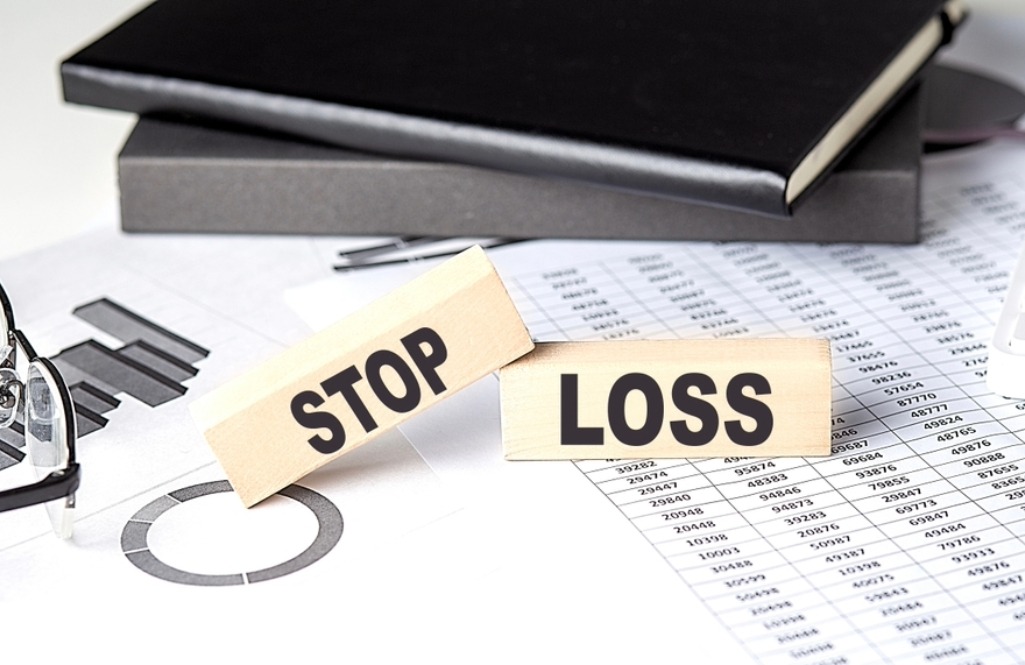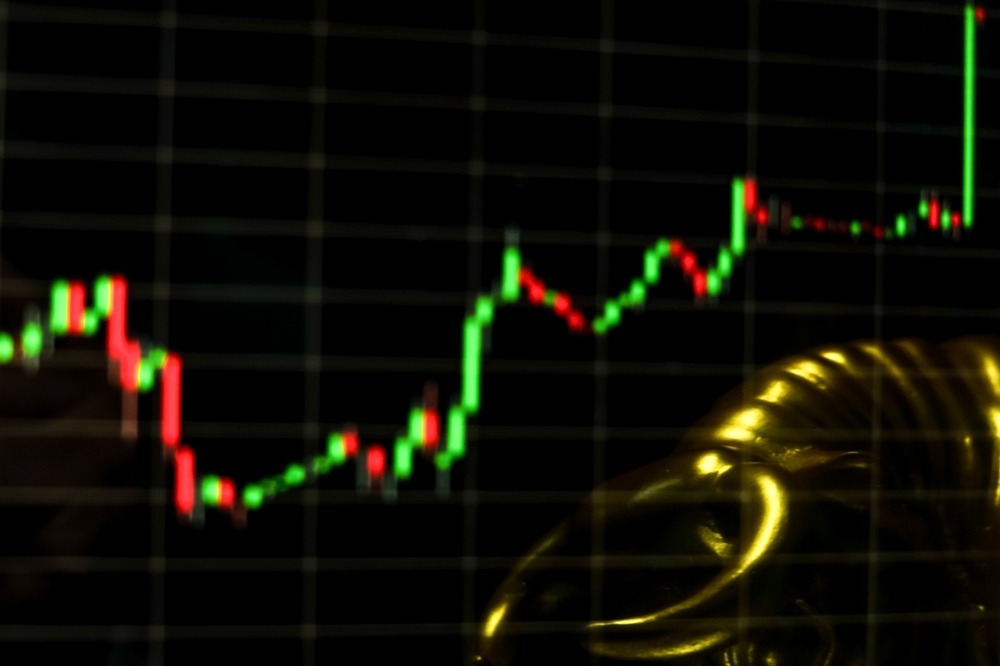Forex continuation patterns indicate that the price action moves in the direction of the existing trend after a brief pause. They show that the market sentiment remains the same and the trend is likely to continue.
Understanding Forex continuation pattern
A continuation pattern suggests that a trend is likely to keep going after the pattern ends if the overall price movement supports it.
However, not every continuation pattern means the trend will keep up. Sometimes, the trend might switch direction after a pattern like a triangle or pennant.
These patterns are more trustworthy if the trend before them is strong and the pattern itself is small in comparison. For instance, if the price jumps up, forms a small triangle, and then breaks above it to climb higher, that’s a good sign.
Be cautious if the continuation pattern is as big as the previous trends or if the trend moves are small before forming the pattern. These signs suggest the trend might not be as strong.
To trade continuation patterns, first, figure out the trend’s direction before the pattern. Then, identify the pattern and where it breaks out. Some traders only buy or sell if the breakout follows the trend, while others might take a chance even if it goes against the trend.
After the breakout, they make their move in that direction. For instance, buying if the price goes above the pattern and setting a stop loss just below the pattern to minimize losses if things don’t go as planned.
What are the key elements in a continuation pattern?
Key elements include the price range tightening, moves sideways through support and resistance levels, and a breakout in the direction of the existing trend. These patterns rely on price movements and trading volumes.
The most common continuation patterns

Triangles
Triangles include symmetrical, ascending, and descending triangles. They form when the price moves sideways between converging support and resistance levels.
Rectangles
The price moves sideways between parallel support and resistance levels, continuing the previous trend on breakout.
Flags and Pennants
Small rectangles (flags) or small triangles (pennants) indicate brief consolidations before the trend continues.
Cup and Handle
A bullish pattern with a rounding bottom and a small pullback (the handle) before continuing upwards.
Wedges
Similar to triangles but with sloping support and resistance lines. They can be rising or falling.
What are Top 12 continuation patterns in Forex?
- Ascending Triangle pattern
- Descending Triangle
- Symmetrical Triangle
- Bullish Pennant
- Bearish Pennant
- Bullish Rectangle
- Bearish Rectangle Pattern
- Flags (Bullish and Bearish)
- Cup and Handle
- Falling Wedge (in uptrends)
- Rising Wedge (in downtrends)
- Channels (Ascending, Descending, and Horizontal)
Setting a Price Target

You can set a profit target based on the size of the continuation pattern. If a rectangle pattern is $2 tall, and the price breaks down, subtract $2 from the support price for your target. If it breaks up, add $2 to the resistance price.
This method also works for triangles: add or subtract the triangle’s height at the breakout point, depending on the direction of the break.
For pennants and flags, use the size of the price wave before the pattern to set your target. Add this size to the bottom of the pattern for an upward break, or subtract it from the top for a downward break.
However, trading these patterns has risks, like false breakouts, where the price moves out of the pattern only to return. This is why using stop losses is important to limit losses.
Strong price moves before the pattern are more likely to lead to successful trades. A small continuation pattern compared to the previous trend is also seen as more reliable. Be cautious of large patterns, as they can indicate more volatility and potential reversals.
Many traders also watch for an increase in trading volume during the breakout. A breakout with low volume might not succeed.
How to trade Forex with continuation patterns?
Identify the pattern early by recognizing the price action moves and chart patterns. Wait for the price to break out of the pattern, confirming the continuation. Set a stop loss just outside the pattern to minimize risk. Trade in the direction of the existing trend after the breakout.
Let’s discuss an example of trading a continuation pattern in forex, specifically using a “bull flag” pattern, which is popular in bullish markets. This example will include identifying the pattern, entering a trade, setting a stop loss, and taking profit.
Identifying the Bull Flag Pattern
Trend Identification: First, you notice a strong upward movement in the EUR/USD pair, indicating a bullish trend.
Formation of the Flag: After the strong upward move, the price starts consolidating downwards in a narrow range, forming a series of lower highs and lower lows that resemble a flag shape. This consolidation is the “flag” part of the pattern, and the sharp rise preceding it is the “flagpole”.
Entering the Trade
Breakout: You wait for the price to break above the upper trend line of the flag pattern, which signals a continuation of the initial bullish trend.
Entry Point: As soon as the breakout is confirmed, perhaps with a candle closing above the flag, you decide to enter a long position (buy).
Setting Stop Loss

Below the Lowest Point of the Flag: To limit potential losses, you set a stop loss just below the lowest point of the flag pattern. If the EUR/USD was consolidating between 1.1200 and 1.1150, you might set your stop loss around 1.1140 to give it some breathing room.
Taking Profit
Using the Flagpole: The profit target is often estimated by the height of the flagpole. If the flagpole was 100 pips tall (for example, the price moved from 1.1100 to 1.1200 before forming the flag), you would project that same distance from the breakout point.
If the breakout occurred at 1.1200, your take profit could be set at 1.1300.
Example Summary:
Bullish Trend Identified: EUR/USD moves sharply from 1.1100 to 1.1200.
Flag Formation: Price consolidates down to 1.1150.
Entry: Price breaks the flag to the upside at 1.1200; you buy.
Stop Loss: Set at 1.1140, below the flag’s low.
Take Profit: Set at 1.1300, 100 pips above the breakout point, mirroring the flagpole’s height.
- This strategy works best in markets with clear trends.
- Volume can be a good confirmation; a breakout on high volume is more reliable.
- Always consider risk management and don’t risk more than a small percentage of your trading capital on a single trade.
- This example simplifies the process for clarity. Real-world trading involves considering various factors, including news events, market sentiment, and technical indicators beyond the pattern itself.
The Bottom Line
Flags, rectangles and pennants are the main types of continuation patterns. They provide some insight into the market potential direction. Often these patterns are considered as a mid-trend indicating a trend continuation, once the pattern occurs. In order for the market trend to continue, the pattern should break out in the correct direction. While these Forex patterns can help you make trading decisions, they are not always reliable. Potential issues include multiple false breakouts and a trend reversal instead of a continuation once the pattern is beginning to be established.
FAQ

What is the most reliable continuation pattern?
The most reliable continuation pattern varies among traders, but symmetrical triangles are highly regarded for their predictability in both bullish and bearish markets.
What is the most powerful pattern in forex?
Many traders consider the ascending triangle among the most powerful bullish continuation patterns due to its clear breakout and continuation signals.How many continuation patterns are there?
There are numerous continuation patterns, but the most common include triangles (symmetrical, ascending, and descending), flags, pennants, rectangles, cup and handle, and wedges.
What is the difference between continuation and reversal?
Continuation patterns suggest that the existing trend will proceed after a pause, while reversal patterns indicate a potential change in the trend direction.
What is the bull continuation pattern?
The bull continuation pattern, such as the ascending triangle or bullish rectangle, signals that the existing upward trend is expected to continue after a brief period of consolidation.
Is flag pattern a continuation pattern?
Yes, the flag pattern is a continuation pattern that appears as a small rectangle or parallelogram that slopes against the previous trend, indicating a brief consolidation before the trend resumes.
















